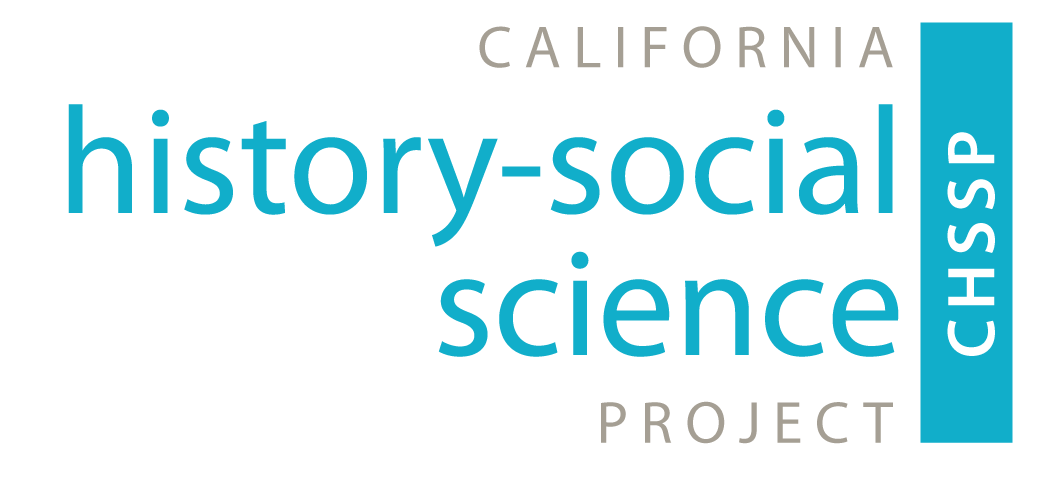The Cold War and the Environment, Part 2
This blog is a continuation from an earlier post. Read Part 1 here.
These industrial centers, suburban homes, and urban cores were connected by thousands of miles of new and upgraded highways and freeways built with federal funds coming from President Eisenhower’s defense-driven 1956 Federal-Aid Highway Act. Even before California overtook New York as the most populous state, the number of registered automobiles in California exceeded that of every other state, and logged as many miles as 18 other states combined. Throughout the state, concrete, asphalt, pipes, and telephone wires covered land that had previously supported agriculture or open space. As a result, flood plains could no longer do their jobs; buried septic tanks leaked and polluted water sources, bays and ports were manipulated by infill, smog increased, and water sources were over-taxed. The State Water Project, promoted vigorously by Governor Pat Brown, further enabled the state’s growth by delivering water from the California Delta to thirsty agricultural valleys and Southern California cities. California’s State Water Project became the nation’s largest state-built water and power development and conveyance system. Its hundreds of miles of canals, tunnels, and pipes, and its numerous reservoirs, dams, and pumping plants are visual reminders of how crucial water manipulation and management are to California’s economic endeavors and residential patterns. It is in this era that President Johnson’s Great Society proclaimed that the nation’s wealth and resources could and should provide a high standard of living for all Americans, thereby enabling the United States to stand strong against the Soviet Union. California was just one piece – albeit a very significant piece – of a nation that prioritized economic development as a foundation of national security.

It was this very wealth – the product of Cold War-era innovations and growth – that spurred immense environmental changes that ultimately triggered the emergence of the modern environmental movement. Anti-nuclear protests across the globe aimed to convince politicians that the potential costs of nuclear war or even a nuclear accident were unacceptably high. Rachel Carson’s 1962 Silent Spring, often credited with birthing this environmental movement, portrayed the natural world as negatively altered by technological and chemical “fixes” and nuclear fallout. Carson’s message was a clarion call to millions of Americans who feared the new power of nuclear energy, the rapidly decreasing quality of their air and water, and the nation’s diminishing open space. Visible environmental degradation led to the passage of the 1964 Wilderness Act, America’s first Earth Day “sit-in” in 1970, and the creation of the Environmental Protection Agency under President Nixon.

In California, voters passed Prop 20 in 1972 to protect the state’s coastline from overdevelopment and threats such as potential future oil spills. Californians, like other Americans, began to challenge unchecked growth. Stringent environmental regulations – for issues ranging from smog to open space – have since become a hallmark of California. The heady mix of post-war wealth and opportunity in California’s exceptional landscape created a culture that is notable for both its generous consumption patterns and its environmental commitments. After all, it is California’s beauty, inspiring natural spaces, and rich natural resources that have endeared it to so many people, who have in turn admired and altered their home environment.
Images: East LA Interchange, 6/17/1965, from Caltrans. Oil Piled up at the seawall near the Santa Barbara Harbor following the oil spill, from Wikipedia.
Shelley Brooks is the Communications Coordinator for the California History-Social Science Project, and teaches United States, California, and Environmental History at UC Davis.

